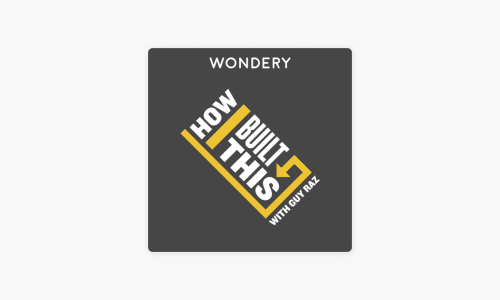See all How I Built This with Guy Raz transcripts on Applepodcasts

Mary's Gone Crackers: Mary Waldner
1 hours 12 minutes 56 seconds
🇬🇧 English
Summaries Topics Transcript Chapters Titles Socials Twitter Blog Post Newsletter Quotes Quizzes Ask ChatGPT

Omnivision Solutions Ltd